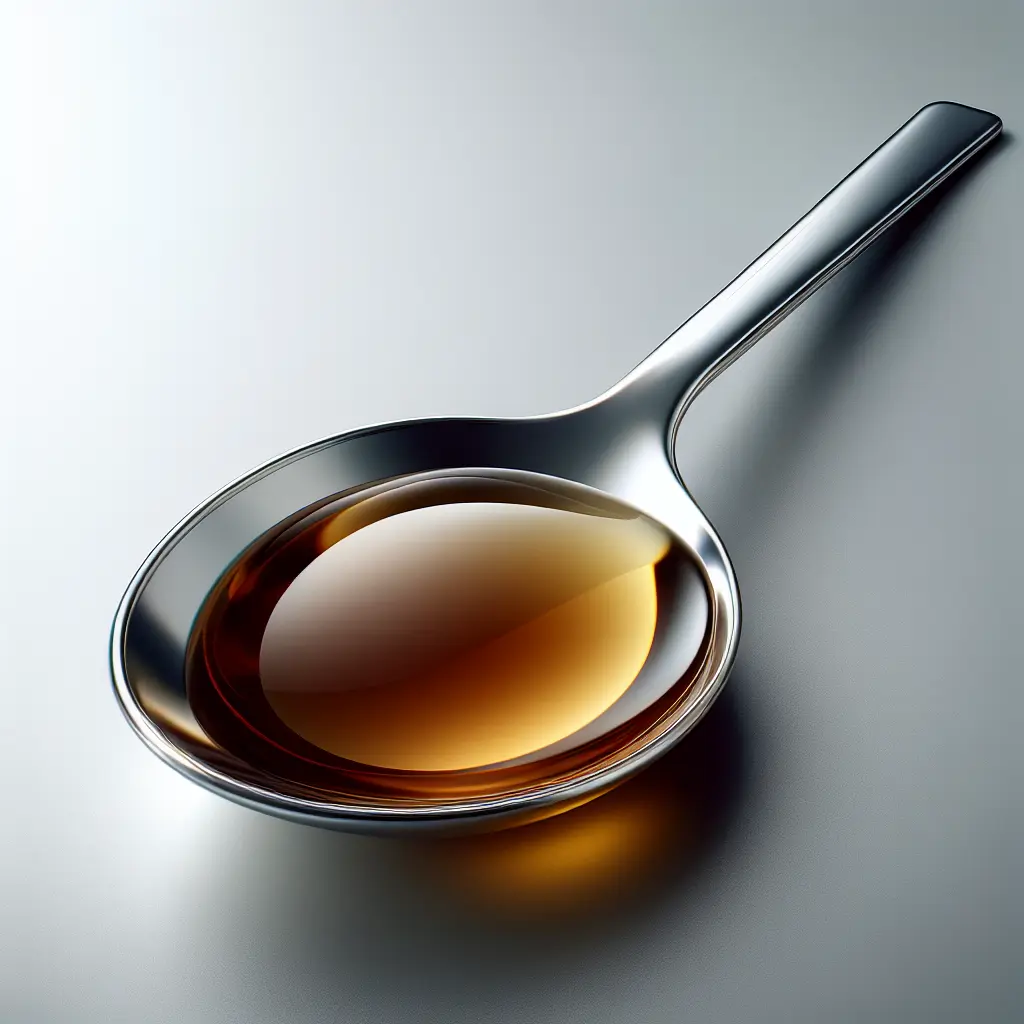A Culinary Journey Through Time: The History of Vinegar
Vinegar's origins can be traced back to ancient civilizations, with evidence of its use in Mesopotamia, Egypt, and China thousands of years ago. It was initially produced by fermenting fruits, honey, and grains, a process that yielded a tart and tangy liquid used as a preservative, condiment, and even a medicinal elixir. Over the centuries, vinegar production methods have been refined, leading to the creation of various types, each with its distinct flavor profile and uses.
Types of Vinegar: An Array of Flavors and Aromas
The world of vinegar encompasses a diverse range of varieties, each boasting unique characteristics. Here are a few notable types:
- White Vinegar: A versatile and economical choice, white vinegar is derived from distilled alcohol and is known for its mild acidity and clean flavor. It is commonly used in salad dressings, marinades, and household cleaning solutions.
- Apple Cider Vinegar: Crafted from fermented apple juice, apple cider vinegar possesses a slightly sweet and fruity flavor with a characteristic amber hue. It is often touted for its health benefits and is frequently incorporated into salad dressings, beverages, and tonics.
- Balsamic Vinegar: A prized culinary treasure from Italy, balsamic vinegar is produced from fermented grape must and aged in wooden barrels, resulting in a thick, syrupy consistency and a complex, sweet-sour flavor. It is commonly drizzled over salads, cheeses, and desserts.
- Red Wine Vinegar: Made from fermented red wine, red wine vinegar imparts a rich, fruity flavor with a deep ruby color. It is an excellent choice for marinades, sauces, and vinaigrettes.
- Rice Vinegar: Originating in East Asian cuisine, rice vinegar is brewed from fermented rice and is characterized by a mild, slightly sweet flavor. It is widely used in sushi, stir-fries, and dipping sauces.
Vinegar's Surprising Health Benefits: Beyond Culinary Delights
Vinegar is not only a culinary gem but also a potential ally in promoting health and well-being. Research has uncovered several potential health benefits associated with vinegar consumption:
- Antioxidant Properties: Vinegar contains antioxidants that help neutralize harmful free radicals in the body, potentially reducing the risk of chronic diseases such as heart disease and cancer.
- Blood Sugar Control: Studies suggest that vinegar may help regulate blood sugar levels, improving insulin sensitivity and reducing post-meal glucose spikes.
- Weight Management: Some research indicates that vinegar may promote satiety and curb appetite, potentially aiding in weight management efforts.
- Antimicrobial Activity: Vinegar's acidic nature has antimicrobial properties that can help inhibit the growth of bacteria and viruses.
Culinary Magic with Vinegar: Unleashing Flavor and Versatility
In the culinary realm, vinegar is a transformative ingredient that can elevate simple dishes into extraordinary culinary creations. Its versatility extends far beyond salad dressings and marinades, as it can be incorporated into a wide range of culinary applications:
- Marinades: Vinegar is an essential component of marinades, tenderizing meats, infusing them with flavor, and enhancing their juiciness.
- Sauces and Dressings: Vinegar adds a vibrant acidity to sauces and dressings, creating a harmonious balance of flavors.
- Preservation: Vinegar's antimicrobial properties make it an effective ingredient in pickling and preserving fruits, vegetables, and meats.
- Beverages: Vinegar can be diluted with water or other liquids to create refreshing and flavorful beverages, such as shrubs and switchels.
- Baking: Vinegar can act as a leavening agent in baked goods, providing a boost of acidity and lightness.
Conclusion: Vinegar – A Culinary and Healthful Elixir
Vinegar, a culinary chameleon with a rich history and a multitude of uses, has earned its place in kitchens and pantries worldwide. From its humble beginnings as a preservative to its starring role in delectable marinades and health-promoting tonics, vinegar has proven its worth as a versatile ingredient that adds flavor, acidity, and potential health benefits to our culinary creations. As we continue to explore the multifaceted world of vinegar, we will undoubtedly uncover even more of its culinary and medicinal wonders.
How many calories are in Vinegar?
Each 1 tbsp of Vinegar contains 2.7 calories.
Vinegar Nutritional Information
| Nutrient | Amount per 1 tbsp (15g) |
|---|---|
| Calories | 2.7 Calories |
| Protein | 0g |
| Fat | 0g |
| Saturated Fat | 0g |
| Cholesterol | 0mg |
| Carbohydrates | 0g |
| Dietary Fiber | 0g |
| Sugar | 0g |
| Sodium | 0.0003mg |
| Potassium | 0.0003mg |
| Calcium | 0.0009mg |
| Iron | 0mg |
